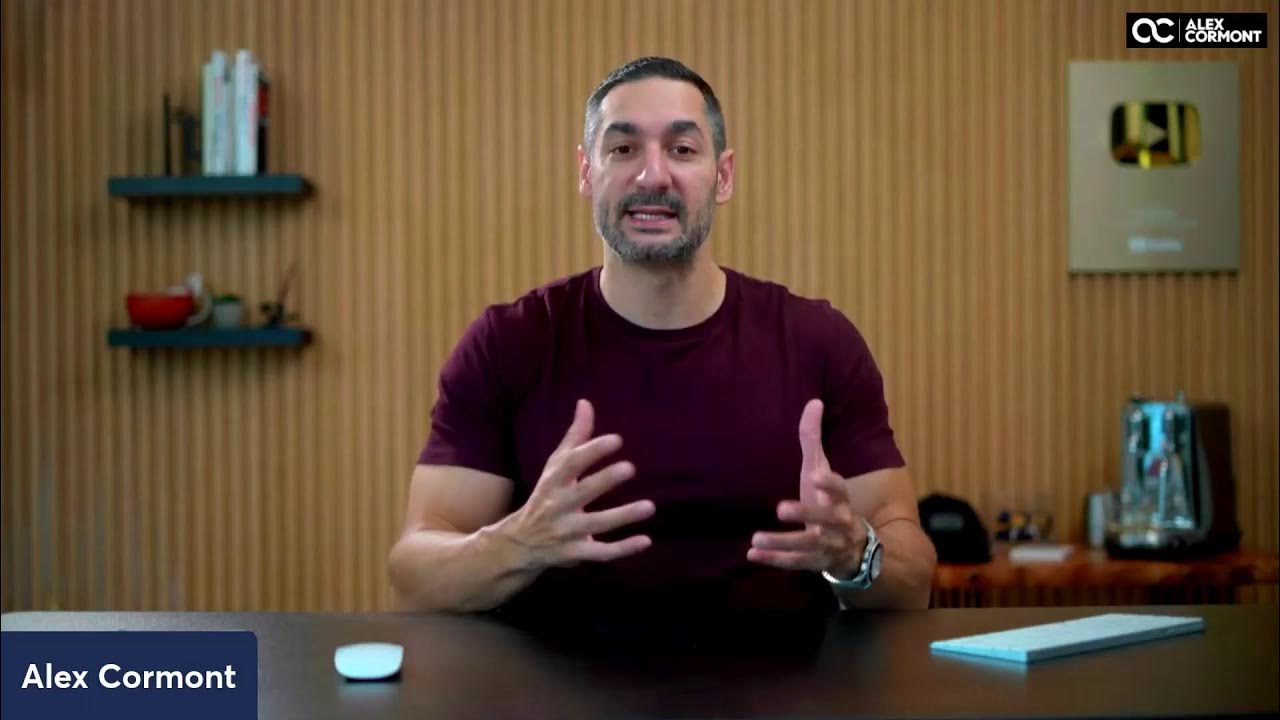Fearful Avoidant Ex - Signs Your Avoidant Ex Is Moving On!
Summary
TLDRThis video, by relationship coach Katya Morozova, delves into key signs that a fearful avoidant ex may be moving on after a breakup. The main indicator is continuous distancing, not just temporary deactivation. Morozova explains how behaviors like relationship sabotage, devaluation, and feelings of inequality can signal that a fearful avoidant is detaching. She highlights that these patterns often stem from deeper issues within the fearful avoidant's sense of self. Ultimately, she emphasizes that healing is a journey the individual must take on their own, with limited intervention from their partner.
Takeaways
- 😟 Fearful avoidants tend to sabotage relationships either subtly or overtly, often unconsciously pushing their partner away.
- 🛑 A major sign that a fearful avoidant ex is moving on is continuous distancing rather than temporary deactivation.
- 🌀 Fearful avoidants who come in and out of a relationship repeatedly often signal the start of an on-again, off-again cycle.
- 💔 If your ex hasn’t returned after weeks or months, they are likely moving on, not just temporarily distancing themselves.
- ⚡ A key indicator that a fearful avoidant is moving on is devaluation or loss of respect for their partner.
- 😣 Devaluation often stems from their shaky sense of self and heightened intimacy fears, leading to them seeing their partner as 'all bad'.
- 😞 Signs of devaluation can be subtle, like feelings of disrespect or disdain for the partner, often hidden due to shame.
- ⚖️ Fearful avoidants often believe in an inequality in the relationship, seeing themselves as broken and their partner as 'too good.'
- 😓 The belief in inequality can cause the avoidant to feel they are taking advantage of their partner, which can lead to a breakup.
- 🛤️ Ultimately, this is a journey the fearful avoidant must navigate alone, and there's little the partner can do to change their mindset.
Q & A
What is the most glaring sign that a fearful avoidant ex is moving on?
-The most glaring sign is that the deactivation process is continuous and becomes distancing, indicating that the relationship is truly over.
What is the difference between deactivation and moving on for a fearful avoidant?
-Deactivation is a temporary distancing behavior caused by feeling overwhelmed, while moving on happens when the distancing becomes continuous, indicating a real end to the relationship.
Why might people confuse deactivation with moving on in a breakup with a fearful avoidant?
-People often mistake deactivation for moving on because they hope their ex is just triggered and may return. However, if the ex doesn’t return after weeks or months, it’s likely they’ve moved on.
What role does sabotage play in the fearful avoidant's relationships?
-Fearful avoidants may sabotage their relationships, either consciously or unconsciously, by treating their partner poorly, cheating, repeatedly breaking up, or behaving in more subtle ways like ignoring or flirting with others.
How does devaluation manifest in a relationship with a fearful avoidant?
-Devaluation can occur when the fearful avoidant begins to lose respect for their partner, magnifying minor issues and treating their partner with disdain, which often leads to the relationship's demise.
What might cause a fearful avoidant to devalue their partner?
-As intimacy grows, the fearful avoidant may become triggered by their own insecurities. When they can’t identify the root of their anxiety, they externalize their fears onto their partner, seeing them as 'all bad.'
How does the concept of relationship inequality affect the fearful avoidant?
-Fearful avoidants may believe there’s an inherent inequality in the relationship, thinking they are broken or damaged and that their partner is too good for them. This belief can drive them to move on.
Why does the fearful avoidant’s belief in inequality lead to a breakup?
-The fearful avoidant may think that by staying in the relationship, they are manipulating or taking advantage of their partner. This faulty logic often leads them to break up to avoid feeling shame or guilt.
What should a partner do if their fearful avoidant ex is showing signs of devaluation and inequality beliefs?
-There’s not much a partner can do, as the fearful avoidant needs to work through their issues independently. This journey of self-awareness and change is something they must choose to embark on alone.
How does a fearful avoidant’s self-perception influence their behavior in relationships?
-Fearful avoidants often have a fragmented sense of self, leading them to idealize their partner at first, but as insecurities arise, they devalue them. This instability in self-perception heavily influences their relationship patterns.
Outlines

Cette section est réservée aux utilisateurs payants. Améliorez votre compte pour accéder à cette section.
Améliorer maintenantMindmap

Cette section est réservée aux utilisateurs payants. Améliorez votre compte pour accéder à cette section.
Améliorer maintenantKeywords

Cette section est réservée aux utilisateurs payants. Améliorez votre compte pour accéder à cette section.
Améliorer maintenantHighlights

Cette section est réservée aux utilisateurs payants. Améliorez votre compte pour accéder à cette section.
Améliorer maintenantTranscripts

Cette section est réservée aux utilisateurs payants. Améliorez votre compte pour accéder à cette section.
Améliorer maintenantVoir Plus de Vidéos Connexes

The EASY Way To Win Back An AVOIDANT Ex

How Fearful Avoidants React To Breakup And When Do They Come Back

Maybe Your Ex Wants A Challenge And You're too Needy?

THIS Is What Happens When You Stop Talking To A Fearful Avoidant Attachment Style

Does NO Contact work when Your EX is in a New Relationship

4 Boundaries for Being Friends with Your Ex
5.0 / 5 (0 votes)
